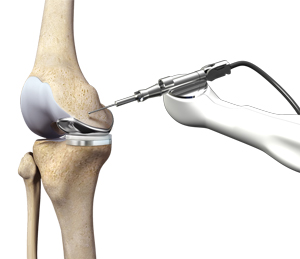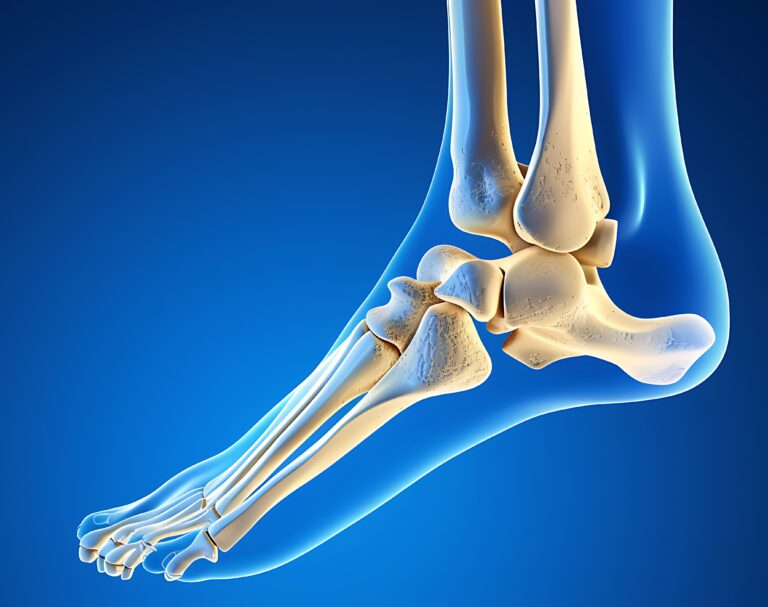
Introduction
Pain relief is a critical aspect of orthopedic care, as musculoskeletal conditions can significantly impact an individual’s quality of life. Orthopedic pain, whether acute or chronic, often results from injuries, arthritis, or degenerative conditions that affect bones, joints, muscles, and ligaments. Fortunately, modern medicine has provided a range of advanced techniques and treatments designed to manage and alleviate orthopedic pain, enabling patients to recover faster and return to normal activity. This guide explores the latest approaches to pain relief in orthopaedics.
Overview
Orthopedic pain may stem from various conditions, including fractures, arthritis, tendonitis, or spinal disorders. Effective pain management involves not just treating the pain but also addressing the root causes of the discomfort. Modern pain relief strategies often combine pharmaceutical treatments, physical therapy, interventional procedures, and surgical options to provide comprehensive care for patients with musculoskeletal pain.
Modern Techniques and Treatments
- Medications
- Non-Steroidal Anti-Inflammatory Drugs (NSAIDs): Commonly used to relieve pain and inflammation associated with arthritis and injuries.
- Acetaminophen: Provides pain relief for mild to moderate pain and is often used in combination with other treatments.
- Topical Analgesics: Creams or patches, such as those containing capsaicin or lidocaine, can be applied to the skin for localized relief.
- Opioids: Used in severe pain cases, but their use is carefully controlled due to the risk of dependency and side effects.
- Corticosteroids: Injection of corticosteroids into affected joints can reduce inflammation and pain, particularly in arthritis.
- Physical Therapy
Physical therapy is a cornerstone of managing orthopedic pain. It helps to strengthen muscles, improve joint function, and reduce pain. Techniques include:- Exercise Therapy: Tailored exercises to increase flexibility, strength, and mobility.
- Manual Therapy: Joint manipulation and soft tissue techniques to relieve tension and improve range of motion.
- Modalities: Heat, cold, ultrasound, and electrical stimulation are used to reduce pain and improve tissue healing.
- Interventional Procedures
When conservative treatments don’t offer sufficient relief, interventional techniques can provide targeted pain relief.- Corticosteroid Injections: Injecting steroids directly into the affected joint can provide powerful short-term relief from inflammation.
- Hyaluronic Acid Injections: Often used for knee osteoarthritis, these injections provide lubrication to the joint, helping reduce pain and improve mobility.
- Platelet-Rich Plasma (PRP) Therapy: A newer treatment where a patient’s blood is processed to concentrate platelets, which are then injected into injured tissues to promote healing.
- Nerve Blocks: These are used to block pain signals from specific nerves, often in cases of chronic back pain or sciatica.
- Surgical Options
In some cases, surgery may be necessary when other treatments fail to provide relief. Surgical options may include:- Joint Replacement Surgery: Common for patients with severe arthritis, such as hip or knee replacement, which replaces the damaged joint with an artificial one.
- Arthroscopy: A minimally invasive procedure used to repair damaged cartilage, ligaments, or tendons.
- Spinal Surgery: Procedures like spinal fusion or disc replacement can be used to treat chronic back pain resulting from conditions such as herniated discs or spinal stenosis.
- Complementary Therapies
Complementary therapies, in conjunction with traditional treatments, can enhance pain relief. These include:- Acupuncture: Involves inserting thin needles into specific points on the body to stimulate healing and alleviate pain.
- Massage Therapy: Helps reduce muscle tension, improve circulation, and promote relaxation.
- Chiropractic Care: Focuses on spinal adjustments and manipulations to treat conditions like back and neck pain.
- Lifestyle Modifications
Long-term pain relief often requires addressing the root cause of orthopedic pain through lifestyle changes:- Weight Management: Maintaining a healthy weight helps reduce strain on weight-bearing joints, particularly in individuals with arthritis or knee pain.
- Exercise: Regular physical activity improves joint function, strengthens muscles, and reduces pain.
- Ergonomics: Proper posture and ergonomically-designed workspaces can help prevent and alleviate musculoskeletal pain.
- Psychological Support
Chronic orthopedic pain can take a mental toll, making it essential to consider psychological support. Cognitive Behavioral Therapy (CBT) and mindfulness-based practices help patients cope with the emotional aspects of chronic pain, ultimately aiding in pain management and improving quality of life.
Potential Risks and Complications
- Medication Side Effects: Long-term use of medications like NSAIDs or opioids can lead to gastrointestinal issues, kidney damage, and addiction in some cases.
- Surgical Risks: Surgery carries risks such as infection, blood clots, and complications from anesthesia. Recovery time may also vary depending on the complexity of the surgery.
- Injection Risks: Corticosteroid and PRP injections can cause side effects like joint infection, tissue damage, or temporary flare-ups of pain.
Understanding the Recovery Process
Recovery from orthopedic pain varies depending on the treatment used and the condition being treated. Patients may require several weeks or months of rehabilitation and follow-up care. The goal is not just pain relief, but also to restore function, improve strength, and prevent future injuries.
Factors Influencing Outcomes
- Age: Older individuals often experience slower recovery due to reduced tissue elasticity and healing capacity.
- Condition Severity: The extent of damage to joints, muscles, or bones directly impacts recovery time and treatment effectiveness.
- Adherence to Treatment: Patients who follow prescribed treatment plans and participate in physical therapy tend to experience better outcomes.
- Comorbidities: Other health conditions, such as diabetes or obesity, can complicate recovery and influence pain management.
Informed Decision-Making
Patients should actively engage in discussions with their healthcare providers about treatment options, weighing the potential benefits, risks, and side effects of each approach. This allows them to make informed decisions tailored to their needs and goals.
Key Takeaway
Modern orthopedic pain relief combines medications, physical therapy, interventional treatments, and surgery to offer comprehensive solutions for managing musculoskeletal pain. Patients can significantly benefit from personalized treatment plans that address both symptoms and underlying causes. By using a holistic approach that includes lifestyle changes and complementary therapies, individuals can effectively manage their orthopedic pain and improve overall mobility.
Disclaimer
This guide is for informational purposes only and should not replace professional medical advice. Always consult with a healthcare provider to determine the best treatment plan for your specific condition.



